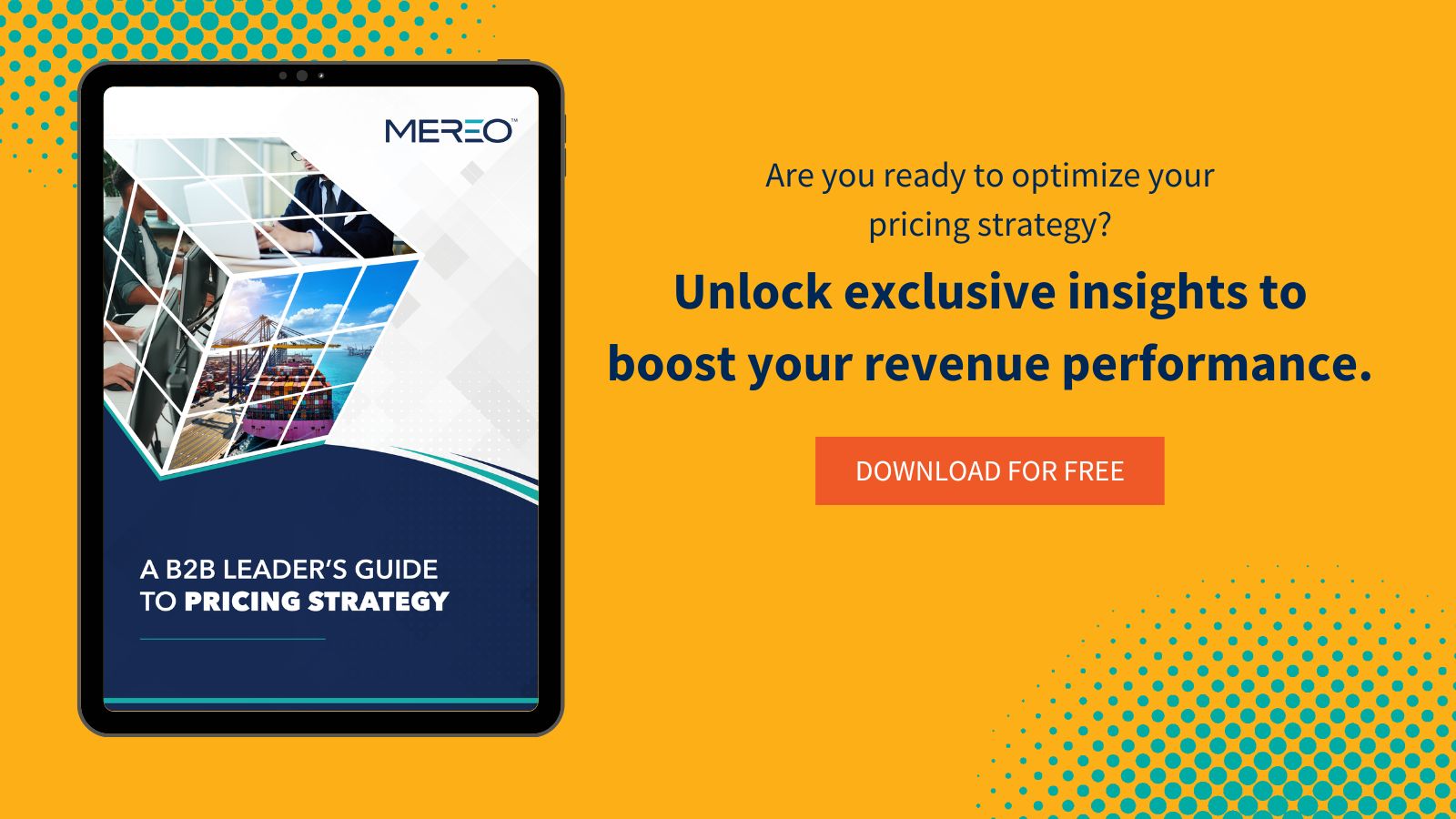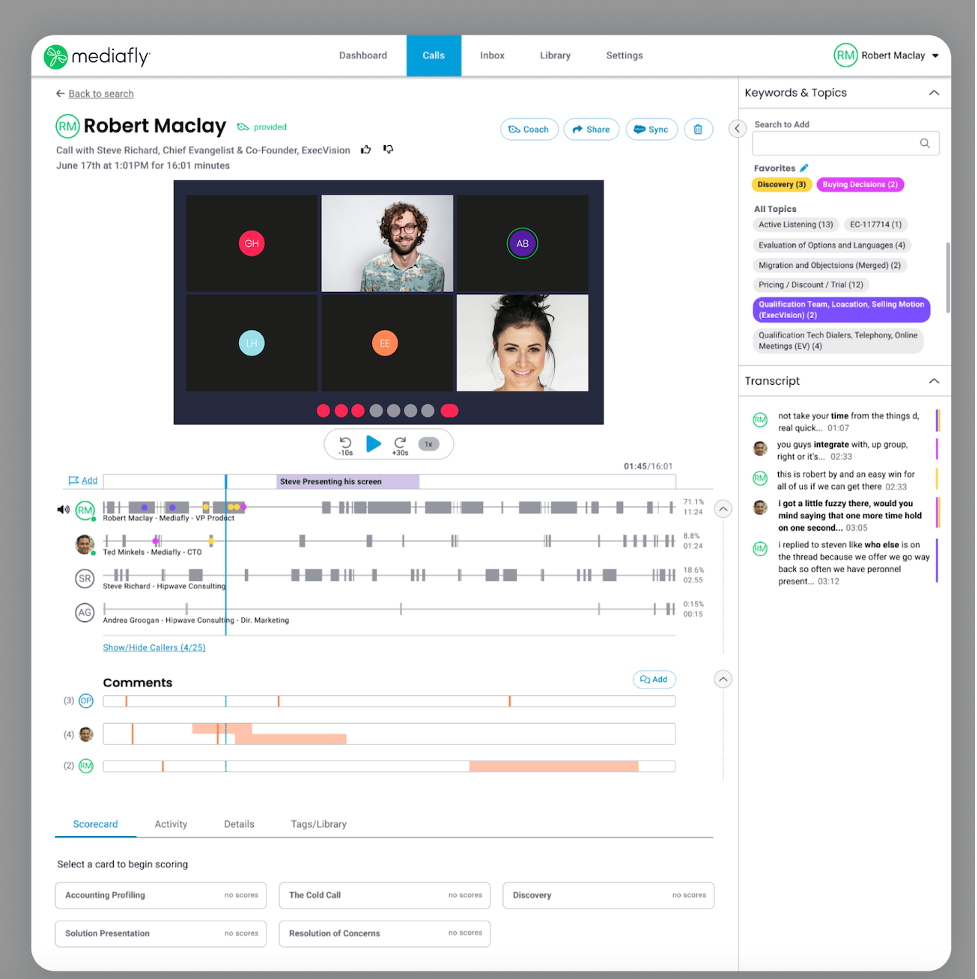Sales kickoff season is upon us! The fall is rapidly approaching, and preparations are launching across organizations worldwide. Sales kickoffs are the time for you to present your plans for the upcoming year and prepare your sales team. This year has a little different twist though. In the past year, I am hearing more and more about revenue kickoffs (RKOs). In fact, this is a topic I have spoken on more than once around this time last year. If you are up to date on the Mereo blog, then you probably already know what an RKO is. If not, I am here to help you. Whether you are already familiar with RKOs and sales kickoffs, you may still be struggling to decide which variation is best for your organization.
With the rise of RKOs, the shift from a traditional sales kickoff is almost inevitable. While there are several benefits of an RKO, that also means leaving behind some aspects of a sales kickoff. Let us start by diving-in to what an RKO is and why your organization should be embracing this approach as the new year approaches.
WHAT IS A REVENUE KICKOFF?
Before we explore why you should be holding an RKO, let us discuss what an RKO is. An RKO is not wildly different from a sales kickoff (SKO), and you may have been holding RKOs the whole time. The main difference between an RKO and an SKO is that RKOs involve client success / client experience teams as a way of completing the entire “revenue cycle” with a client. Client success / client experience teams serve your buyers after they have made an initial purchase. Essentially, client success / client experience teams step-in when a buyer is transitioning into a client, serving as the chief contact for the client to maximize value for both the client and the selling organization.
Overall, an RKO should operate like a traditional SKO — with a few tweaks. Now that you have introduced a new team to your event, they require the same information your sales team receives in addition to specialized information for their team.
As you can see, the differences between a sales kickoff and an RKO are minimal. So, should you be shifting from an SKO to an RKO? We think so.
WHY SHOULD YOU EMBRACE REVENUE KICKOFFS?
Since RKOs are like SKOs, your organization’s transition should be simple. If you are already inviting post-purchase teams to your event, you are holding an RKO! During your RKO, you should clearly outline your revenue goals, whether that involves rethinking your product roadmap, how you plan to align your organization or something entirely different. Including these teams allows them to have the knowledge they need to help you achieve your revenue goals. According to Zendesk Blog, client success / client experience teams result in strengthened client relationships, recurring revenue and business growth. These are all aspects your organization needs in order to attain sustainable revenue performance.
Incorporating client success / client experience teams also opens a myriad of opportunities in your RKO. As you know, your past SKO events provide a great frame of reference for future RKOs and even how your organization operates. With the addition of this team, you have another aspect to look at each year so you can ask yourself questions like: “How has our client satisfaction changed since introducing client success / client experience teams?” and “What findings were uncovered from including client success / client experience teams?”
Having the answers to these questions in addition to your other efforts will enable your entire organization to continue your journey to achieving sustainable revenue performance.
GET THE MOST OUT OF YOUR REVENUE KICKOFF
The transition from a sales kickoff to an RKO should be exciting, not daunting. We are here to help! With the revenue kickoff playbook, start winning your RKOs by gaining access to exclusive tips and tricks from our experts.











